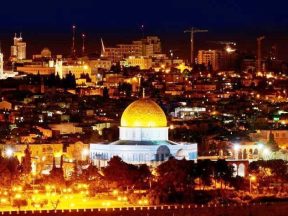Papua New Guinea, the island of dreams.
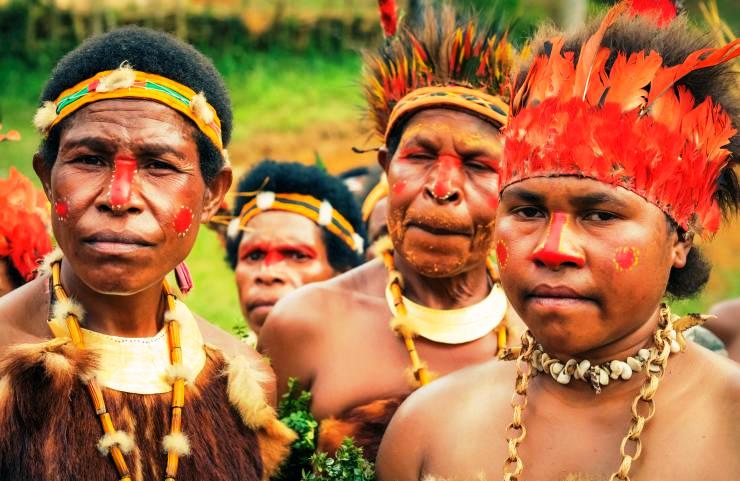
Gold, oil, gas, rare minerals, huge deposits and international demands on this Oceania state inhabited by over a thousand ethnic groups with 700 languages. A glance at the country.
This is Papua New Guinea according to a popular definition, well rooted in the reality of the figures which see this state as the eighth largest producer of gold in the world with the mines of Kainantu, Ok Tedi, near the Indonesian border, Porgera, Lihir and Panguna from which large quantities of copper are also mined.
There is no shortage of mineral deposits at the bottom of the Pacific Ocean, with the controversial seabed mining project of the Canadian mining company Nautilus Minerals, one of the many Canadian, Australian and Chinese multinationals engaged in the exploitation of the country’s natural resources. Not to mention the offshore drilling of Exxon Mobil and Total which invests heavily in fossil extraction projects.
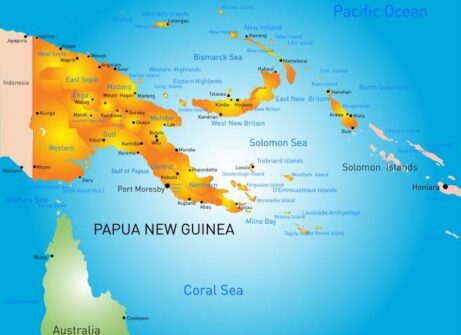
123rf.com
About 90% of its natural resources go to multinationals and feed the scourge of internal corruption. In fact, the other side of the coin of so many riches is that Papua New Guinea is one of the poorest countries in Oceania where most of the population lives on fishing and agriculture.
Also called “the Island of Orchids” for the variety of its exotic flowers, Papua New Guinea, a remote corner in the heart of the Pacific, an area that today is strategic and disputed, never ceases to amaze with its contradictions: from the mosaic of over 800 original ethnic groups to the rapid transformation with Made in China technology and Western lifestyles; from the abandonment of rural villages to cities and climate change that has already forced the abandonment of some coastal regions.Many know it as an exotic destination, far away even if it has not yet entered the international tourist circuit. It is also one of 11 Commonwealth states that have King Charles III of England as head of state, albeit in a purely formal role.

Prime Minister of Papua New Guinea James Marape in office since May 2019. Photo: Gov. Press
In addition to the general governor, there is in fact a parliament with 111 members elected by the people and a Prime Minister James Marape, in office since May 2019, who has already met Xi Jinping several times on the thorny issue of creating Chinese ports (and not Chinese military bases as was specified under US pressure) on the coasts.
While today it seems there is no longer a corner of the planet that has not already been reached by the geo-economic appetites of the great powers, Papua New Guinea is a still partly unexplored reality that is increasingly proving to be rich in resources.
Papua is located right in the middle between Australia, China and the USA and according to analysts in this Asian scenario “the other war” is being fought parallel to the one on the eastern borders of Europe, in Ukraine.The war acceleration in recent months is also felt here, while Australian and American companies are courting the Marape government which in the meantime is working on development plans for 2050: projects to help Papua New Guinea take a new step forward, not only from the economic point of view but also ecologically.
Made up of five main islands and 600 smaller ones scattered across the ocean, the country encompasses a wide variety of ecosystems ranging from snow-covered mountains to tropical forests, swamps and coral reefs.The WWF report “The Last Frontier: new species discovered in New Guinea” tells of specimens never seen before and on the verge of disappearing from this paradise of biodiversity exposed to the downsides of climate change.
In particular, the ecosystem of the tropical forest (the third in the world after that of the Amazon and the Congo Basin) is severely tested by the trade in precious timber.And despite the difficult access to these areas, the natural habitat and human settlements are exposed to serious threats: if this trend does not stop immediately, 230 million hectares of forest will have disappeared by 2050.
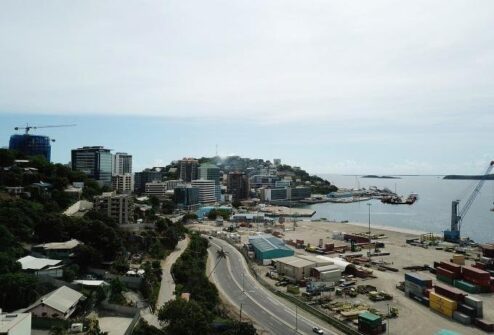
The capital Port Moresby has around one million inhabitants. CC BY-SA 4.0/ Wikiedit.ray
The majority of the population (87%) who live in agriculture and fishing and are poor are destined to see conditions worsen if every possible effort is not made to counter climate change. In fact, in mountain areas coconut palms can now be planted, something unthinkable 30 years ago. Rising sea levels is another serious problem.
The inhabitants of the Carterets Islands have had to leave their homes because they could no longer cultivate the land or get fresh water from the wells due to marine infiltration.
Their schools and small hospital are now under water. These people became the first group of refugees due to climate change.
Moving elsewhere would not be easy since 90% of the land belongs to the people who live on it and not to the state. Most of the nearly nine million Papuans belong to over a thousand existing tribes who speak over 700 languages (with various dialects), while the official ones are Tok Pisin, Hiri Motu and English.Tensions between original peoples and trends toward the future have created a difficult era of transition. Isolated for millennia, in less than a century, these ethnic groups have come into contact with ever faster development.
The inland area of the country was only discovered in the 1930s by missionaries and explorers looking for gold.
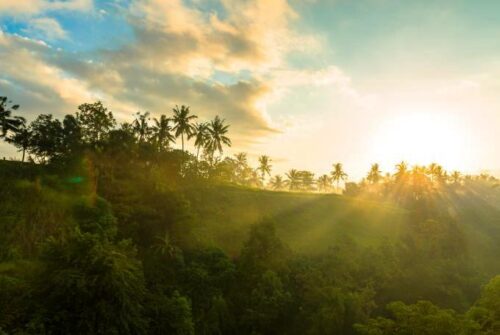
About 90% of Papua New Guinea natural resources go to multinationals. 123rf.com
A local young man recalls: “I was born in a village in the mountains of Kundiawa and I remember the first cell phone arriving in my area in 2007. Today almost everyone has a cell phone, even in the farthest places there is now a network to connect to the internet. The original peoples have skipped so many millennia of human history.”
Social media and digital tools are widespread, especially among young people. In a country where 40% are under the age of 15, many do not know how to use all of this and above all how to avoid the damage of the network (phishing, online scams, child pornography solicitation, etc).
Apart from life in the capital Port Moresby, which has about one million inhabitants, the Papuans live in rural areas (84%) where they own the lands that give them the necessities of life.
Miela Fagiolo d’Attilia/PM



